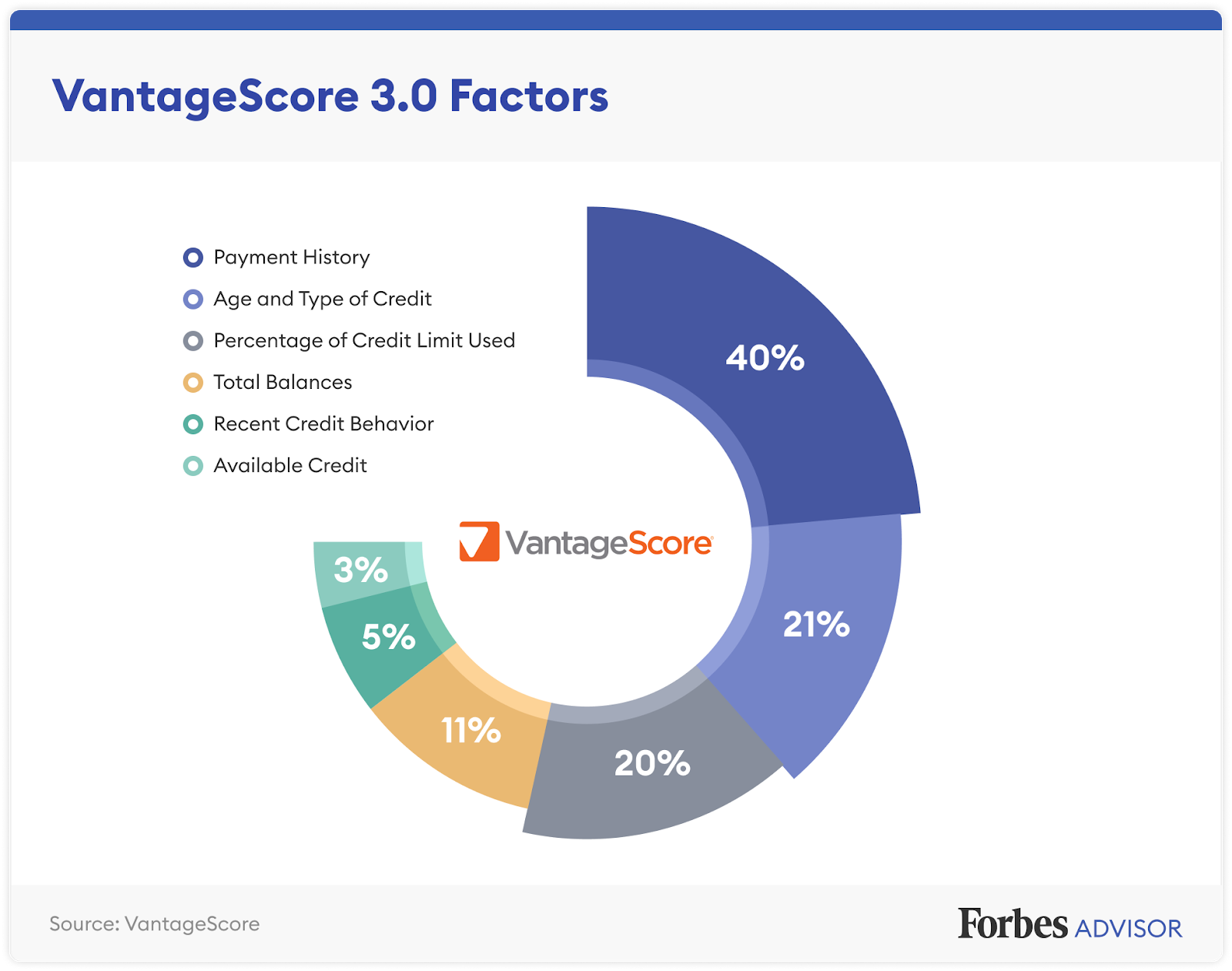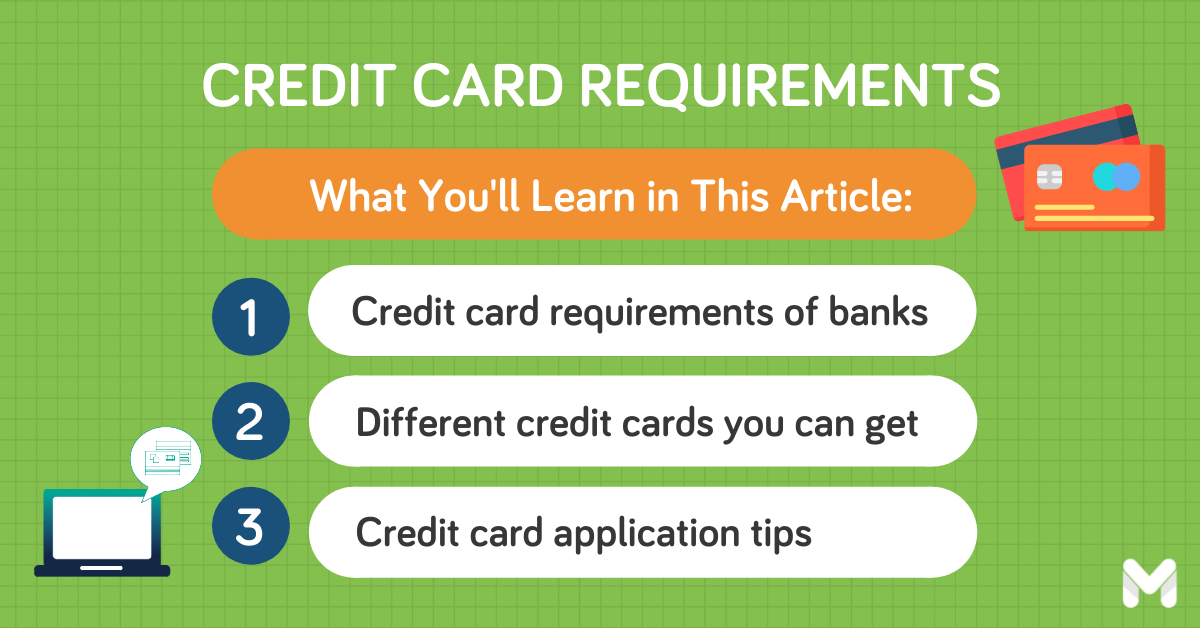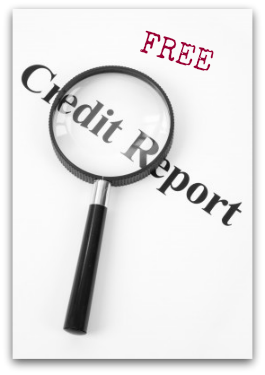
When they produce your monthly statements, the credit card company sends information about your revolving use to the credit bureaus. This makes it hard to maintain a low rate of revolving use. It is best to schedule a payment in advance of your creditor reporting your debt to the credit bureaus. This will reduce your revolving usage.
Low revolving balances
When they produce monthly statements, credit card companies report your balances to credit bureaus. Your revolving utilization ratio will rise if you wait until the end to pay your balance. This can make it harder to maintain a low ratio of debt. However, it is possible to set up a payment plan before your creditor reports the balances to credit bureaus.
Keeping your revolving debt balances low is important for maintaining a good credit score. Credit cards are expensive and have high interest rates. Avoiding these types of debt is your best option. These steps can help optimize credit scores.
Paying down revolving debt balances
Revolving debt is not something new. Revolving debt is a type of credit card with a monthly payment. Not all installment loans can be counted towards revolving credit. However, credit cards or home equity lines may be considered credit utilization. It is possible to lower your revolving debt balances, and increase your credit utilization score, by paying off your balances.

To reduce your revolving debt, you should pay it off completely. This will allow you to access more money as and when you need it. If you cannot afford the balance, interest will accumulate.
Account credit limit reduction
When your credit limit is lowered, it's important to work with the lender to make up for the loss. Let the company know about your situation. They might be able to increase your credit limit. If you are not able to get a creditor, you may be able to call another one. This might be a great opportunity to fix your bad credit record.
Credit limit is the maximum credit you can get from your financial institution. This is usually determined by your income, credit history, and any other debt. When your limit goes beyond this amount, it will have an impact on your overall credit score and your ability to access future credit.
Lowering credit card debts
Credit score factors that should be considered by borrowers include the possibility of increasing their reliance on credit cards. This is the credit card balances that exceed the credit limit. Low revolving utilization is better for your credit score than high revolving. But, you can reduce your revolving percentage without affecting credit score.
Credit card balances are a common financial problem. It is essential to pay them off as soon a possible. In general, your goal should be to pay off all credit card balances by the due date. This will prevent you from carrying over your balances into the next month. Spreading your spending across multiple cards is a good way to ensure you don't max out one card.

Paying down your home equity line
A home equity loan of credit (HELOC), which is a revolving line secured to a borrower's house, is a line of credit that can be used for revolving purposes. It allows borrowers to borrow as much money as they need, up to the credit line's maximum limit, and has flexible repayment terms. It can be used either to cover large, recurring costs such as home renovations or for unexpected expenses such like medical bills.
A home equity line of credit comes with a repayment period, which consists of monthly payments of both principal and interest. The length of your repayment period will vary depending on the amount of equity in you home. Most lenders will let you borrow up to 80 percent of your equity. You can also opt for a fixed or variable interest rate.